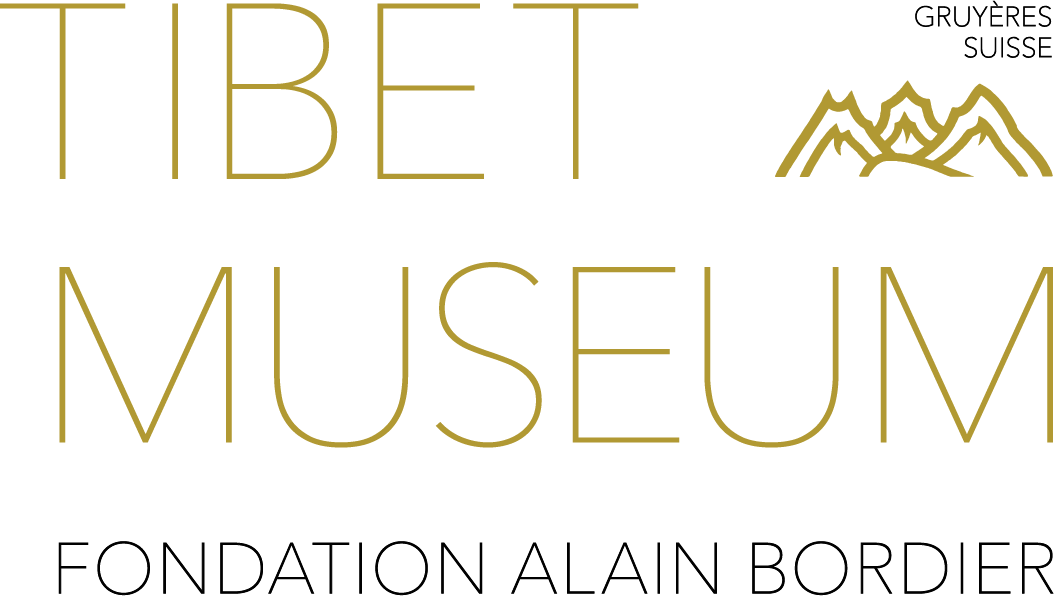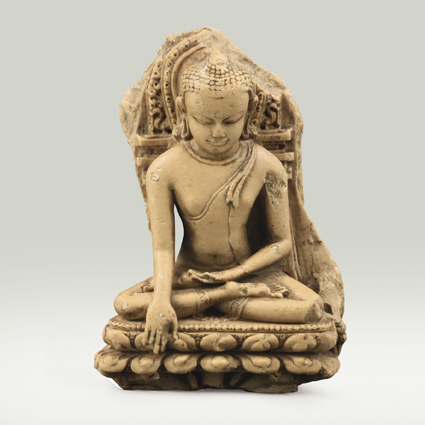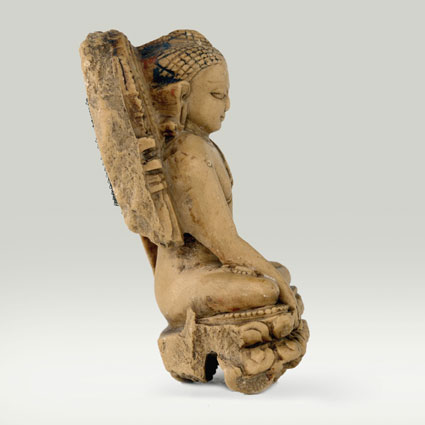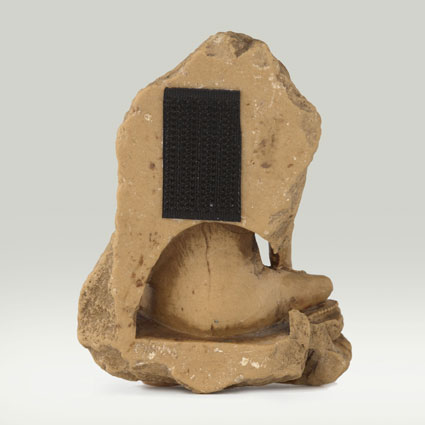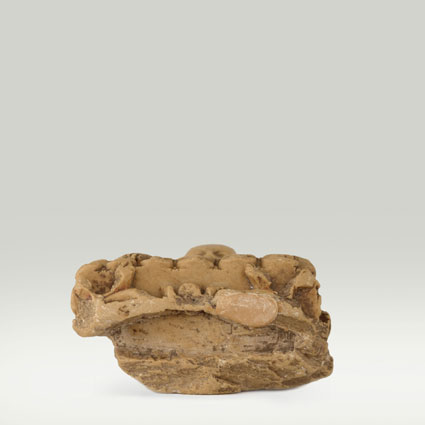Buddha Shakyamuni – The Historical Buddha (originally part of a stele)
See it in the Museum
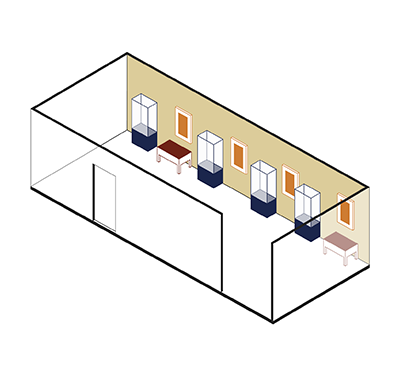
India and Nepal
Orientation 3
Display 3

ABS 105
Code: ABS 105
Country: Burma (Myanmar)
Style: Pagan Period
Date: 1000 - 1100
Dimensions in cm WxHxD: 5.7 x 9 x 3.3
Materials: Yellowish-beige stone known as "andagu"
Buddha Statue forming originally part of a stele with the “eight major events in the life of Shakyamuni”
The differences in style between North-Eastern Indian Pala style Buddhas and those of the Pagan kingdom are relatively subtle. The illustrated statue of Buddha Shakyamuni documents an early transitional phase in the development of the Pagan style based on the traditions of the North-Eastern Indian Pala schools.
The differences in style between North-Eastern Indian Pala style Buddhas and those of the Pagan kingdom are relatively subtle. The illustrated statue of Buddha Shakyamuni documents an early transitional phase in the development of the Pagan style based on the traditions of the North-Eastern Indian Pala schools.
